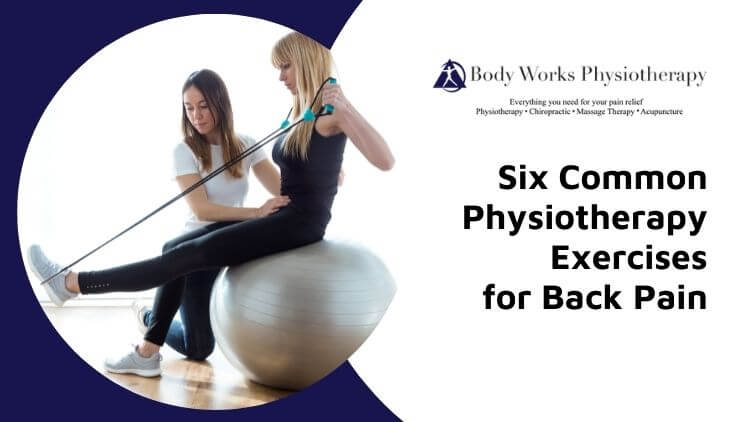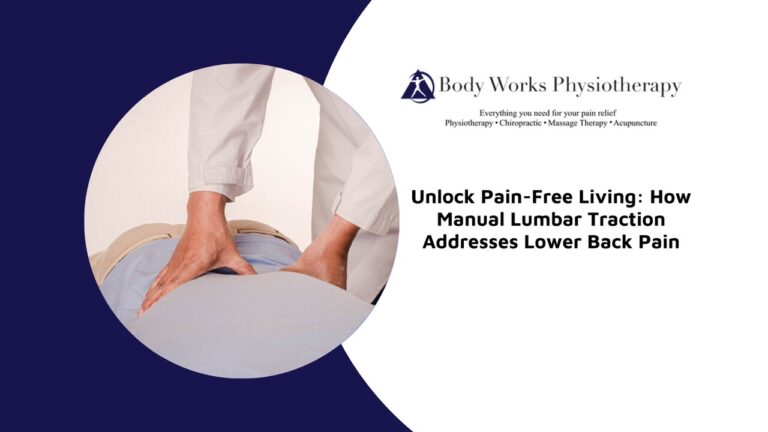Regaining your strength and range of motion is important after any type of back injury. Unfortunately, most back injuries are accompanied by back pain that can hinder your recovery. Persistent back pain may result from a wide spectrum of causes. Fortunately, most back pain can be improved or eliminated with exercises designed to target these causes.
It’s tempting with back pain to try accelerating your recovery as quickly as possible. But it’s important to remember, however, that overly-strenuous exercise can actually hinder your recovery and cause more back pain rather than less. To recover fastest, it’s best to alternate moderate recommended exercises with periods of rest to allow your muscles to rebuild. A gradual approach to pain relief is usually the most effective.
When doing exercises, it’s a good idea to pay close attention to your pain level. In the beginning you may find that these exercises increase your pain slightly. But never fear–once you’ve exercised a bit you should experience increased back mobility and a lessening of your pain. If at any point you feel the exercise is causing your symptoms to significantly worsen or causing a new type of pain, stop exercising immediately and discuss it with your physiotherapist before continuing.
Below we’ll dive into six of the most common exercises recommended by local experienced physiotherapists to relieve back pain.
1. Extensions
Back extension exercises are often prescribed to strengthen the muscles of the lower back. A strong lower back will help keep your spine well-aligned as well as supporting movements like reaching or lifting.
To perform a back extension (sometimes also called hyperextensions), lay on your stomach and extend your upper body upward, which stretches the muscles of your lower back. Don’t hold this position for long periods of time; instead, do several sets of ten repetitions throughout the day. Ideally, three sets of reps separated by rest periods every day are recommended.
2. Hamstring Stretch
Hamstring stretches are leg extensions that stress the quadriceps muscles on the fronts of your thighs. Properly done, these stretches also stretch muscles and ligaments in your lower body.
To do a hamstring stretch, lie on your back and pull an exercise band around one of your feet. Lift that leg as far in the air as you can. Hold the position for thirty seconds, then return your leg to the resting position. Repeat five times with each leg.
3. Trunk Rotation
Trunk rotation is an exercise designed to improve your core strength. Benefits will include greater flexibility and stability of your spine, as well as strengthening the muscles of your lower and middle back.
For this exercise, lie on your back and twist your knees to make them level with each other. Bring your arms out to your sides, then lift only your hips so that you lean towards one side. Hold that position for ten seconds, then pivot back to a neutral position and touch your knee to the ground. Repeat with each side.
4. Chair Stretch
If you suffer from arthritis or sciatica, the chair stretch is a must-do back pain exercise. It helps restore normal range of motion in your spine and decreases the extent of pain and inflammation associated with these conditions.
To do the chair stretch, sit in a comfortable chair while keeping your back straight, core tight, and shoulders down. Then slowly push your hips forward as far as you can while pulling your shoulders down.
5. Dead Bug
The dead bug is another of the most common physiotherapy exercises for back pain, and it’s also a great general core workout. It extends the back, leg, and hip muscles and is a great way to engage the mind and body.
To perform the dead bug, lie on your back with your arms out straight and palms facing up. Then raise your legs and arms out to the side, bringing your hands and feet together. This forces your core and leg muscles to work harder.
6. Spine Curls
This is a great exercise for regaining mobility, but it’s also an effective strengthening exercise for the back and thigh muscles.
Lie on your back, with your knees bent. Pull in those lower tummy muscles so that you feel the tilt of the pelvis and flatten out your lower back. Slowly lift off before coming up to form a straight line. Maintain this position for ten seconds before slowly rolling down. Repeat the process ten times. If this motion causes pain, lessen the number of repetitions.
Conclusion
Back pain can be a difficult condition to manage, but it’s possible with the right physiotherapy exercises. The key is finding the exercises that work best for you and your condition. That’s why it’s important to see a physiotherapist who can tailor the exercises to your specific needs. At Body Works Physiotherapy we have highly qualified, experienced physiotherapists who can recommend the best exercises for your condition. Call us today for a free consultation.





